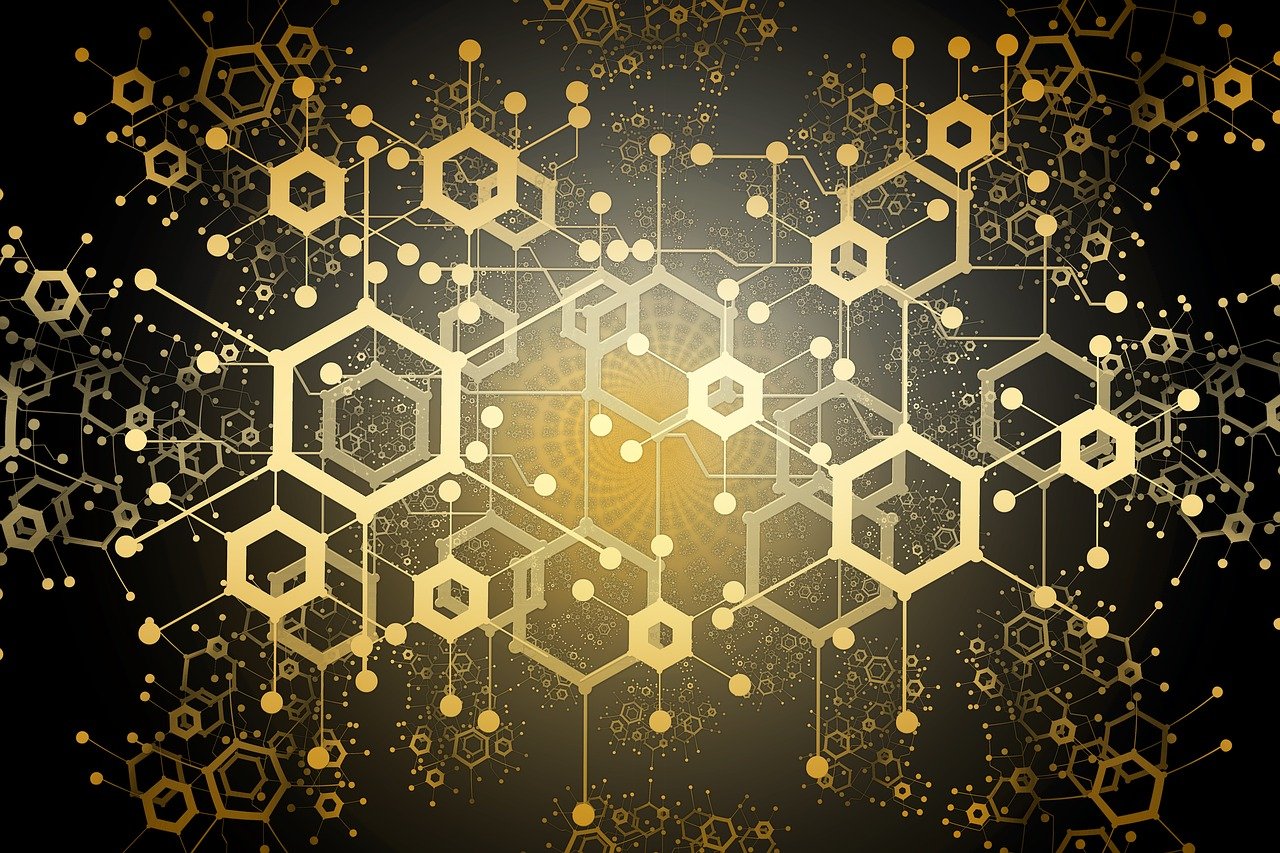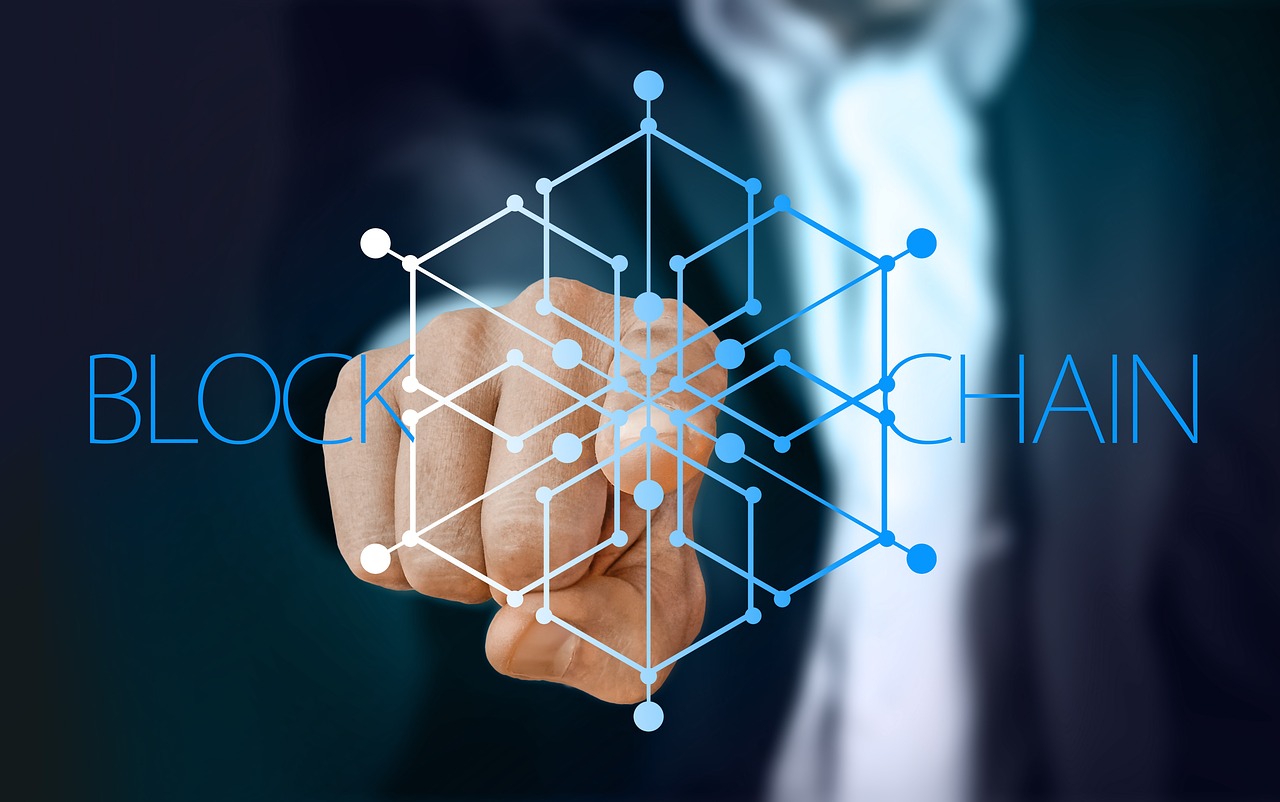The art world is experiencing a seismic shift as blockchain technology and Non-Fungible Tokens (NFTs) revolutionize the way we create, buy, sell, and own art. This digital transformation is reshaping the landscape of the art market, offering new opportunities for artists and collectors alike while challenging traditional institutions to adapt.
The Basics of Blockchain and NFTs in Art
To understand the impact of this technology on the art market, it’s crucial to grasp the fundamentals of blockchain and NFTs.
What is Blockchain?
Blockchain is a decentralized, digital ledger technology that records transactions across a network of computers. Its key features make it particularly suitable for the art market:
| Feature | Description | Relevance to Art Market |
|---|---|---|
| Decentralization | No central authority controls the network | Removes intermediaries, empowers artists |
| Transparency | All transactions are visible to network participants | Enhances provenance tracking |
| Immutability | Once recorded, data cannot be altered | Ensures authenticity of artwork records |
| Security | Cryptographic techniques protect data | Safeguards valuable digital assets |
Understanding NFTs
Non-Fungible Tokens (NFTs) are unique digital assets that represent ownership of a specific item or piece of content on the blockchain. Unlike cryptocurrencies such as Bitcoin, each NFT is distinct and cannot be exchanged on a like-for-like basis.
Benefits of NFTs for digital art include:
- Uniqueness: Each NFT is one-of-a-kind, creating scarcity in the digital realm
- Provenance: The blockchain provides a verifiable history of ownership and creation
- Ownership verification: NFTs allow clear proof of ownership for digital assets
- Programmability: Smart contracts can enable features like royalties for artists
- Transferability: NFTs can be bought, sold, and traded on various platforms
The Evolution of the Digital Art Market
The journey of digital art from a niche medium to a mainstream phenomenon has been marked by significant challenges and transformations.
Early Digital Art Market Challenges
Before the advent of NFTs, digital artists faced numerous obstacles in monetizing and protecting their work:
| Traditional Art Sales | Early Digital Art Sales |
|---|---|
| Physical scarcity | Infinite reproducibility |
| Established provenance systems | Lack of ownership verification |
| Gallery representation | Limited distribution channels |
| Clear copyright enforcement | Rampant piracy and unauthorized sharing |
The Role of NFTs in Overcoming These Challenges
NFTs have addressed many of these issues by creating a system of digital scarcity and verifiable ownership. The technology has enabled:
- Creation of unique digital assets
- Establishment of clear ownership rights
- Facilitation of secure transfers and sales
- Implementation of royalty structures for artists
A pivotal moment in this evolution was the sale of Beeple’s “Everydays: The First 5000 Days” for $69 million at Christie’s in March 2021, which catapulted NFTs into the mainstream art world.
How NFTs Empower Artists and Collectors

The rise of NFTs has significantly altered the dynamics between artists, collectors, and the broader art market.
Artist Autonomy and Royalties
NFTs have granted artists unprecedented control over their work and earnings:
- Direct sales: Artists can sell directly to collectors without intermediaries
- Global reach: Access to a worldwide market of potential buyers
- Royalty structures: Automatic royalties on secondary sales
- Price setting: Artists determine the initial value of their work
- Limited editions: Ability to create scarcity through numbered editions
- Authenticity: Blockchain verification prevents forgeries
Building New Relationships Between Artists and Collectors
NFTs have fostered new forms of engagement between creators and their audience:
- Community building: Artists can create exclusive communities for NFT holders
- Direct communication: Platforms enable direct interaction between artists and collectors
- Collaborative projects: NFTs facilitate co-creation and participatory art
- Patronage models: Collectors can support artists’ ongoing work through NFT purchases
- Gamification: Integration of art with gaming and virtual worlds
Impact on Traditional Art Institutions
The NFT revolution has forced traditional art institutions to reconsider their roles and adapt to the digital age.
Integration of NFTs in Traditional Art Markets
Major auction houses and galleries have embraced NFTs:
- Christie’s: Hosted the landmark Beeple sale and continues to offer high-profile NFT auctions
- Sotheby’s: Launched its own NFT platform, Sotheby’s Metaverse
- Phillips: Partnered with Async Art for generative NFT drops
- Pace Gallery: Established Pace Verso for NFT sales and artist collaborations
NFTs in Museum Collections
Museums are beginning to recognize NFTs as an important part of contemporary art:
- British Museum: Partnered with LaCollection to create NFTs of Turner paintings
- Uffizi Gallery: Sold an NFT of Michelangelo’s “Doni Tondo” for €140,000
- Hermitage Museum: Tokenized works by Da Vinci, Van Gogh, and Monet
- LACMA: Acquired NFTs through a partnership with Cozomo de’ Medici
The Financial Impact: A New Investment Frontier

NFTs have opened up new avenues for art investment, bringing both opportunities and risks.
NFTs as an Investment Asset
| Traditional Art Investment | NFT Investment |
|---|---|
| Physical storage and insurance costs | Digital storage on blockchain |
| Limited liquidity | Potential for rapid trading |
| Geographically restricted markets | Global, 24/7 marketplace |
| Slow price discovery | Real-time pricing information |
| High entry barriers | Lower entry point for new collectors |
Risks and Controversies
While NFTs offer exciting possibilities, they also come with significant risks:
- Market volatility: Rapid price fluctuations and speculative bubbles
- Technological risks: Smart contract vulnerabilities and platform hacks
- Copyright issues: Unauthorized minting of others’ work as NFTs
- Wash trading: Artificial inflation of prices through self-dealing
- Environmental concerns: High energy consumption of certain blockchains
- Regulatory uncertainty: Evolving legal landscape for digital assets
Future of NFTs in the Art Market
As the technology matures, new trends and developments are shaping the future of NFTs in art.
Integration of Augmented Reality and Virtual Reality
The convergence of NFTs with AR and VR technologies promises to create immersive art experiences:
- Virtual galleries and museums showcasing NFT collections
- AR-enabled NFTs that interact with the physical world
- VR spaces where collectors can display and interact with their digital art
- Hybrid physical-digital artworks authenticated by NFTs
Sustainable NFTs and Environmental Concerns
Addressing the environmental impact of NFTs is crucial for their long-term viability:
- Development of energy-efficient blockchain protocols like Proof of Stake
- Emergence of carbon-neutral NFT platforms and marketplaces
- Offset programs allowing artists and collectors to neutralize their NFT carbon footprint
- Integration of environmental causes into NFT projects and sales
Conclusion
The disruption of the art market by blockchain and NFTs represents a paradigm shift in how we perceive, create, and trade art. By democratizing access, empowering artists, and creating new forms of digital ownership, NFTs have opened up unprecedented possibilities in the art world. As the technology continues to evolve and mature, we can expect further innovations that will reshape the boundaries between digital and physical art, challenge traditional notions of ownership and value, and create new opportunities for creativity and investment in the global art market.